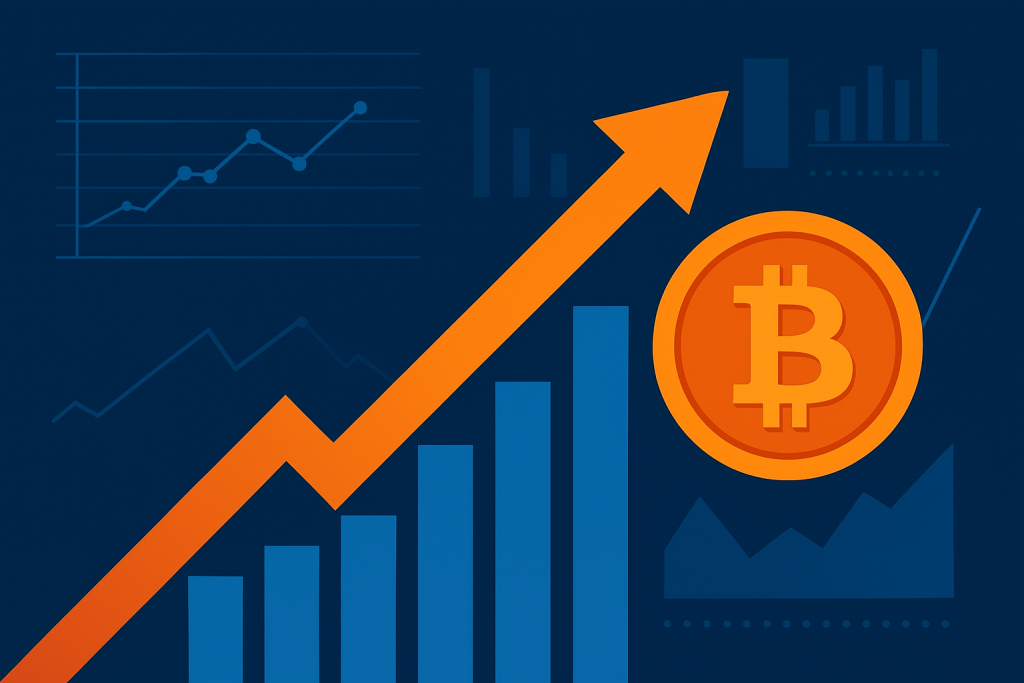Investors Still Holding Strong
According to CryptoQuant, Bitcoin holders are showing remarkable patience even as the asset reached a new all-time high (ATH) above $126,000 earlier this week.
“Profit-taking activity remains relatively low, even after Bitcoin hit its new ATH,” said Julio Moreno, Head of Research at CryptoQuant. “This suggests that the market’s top is not yet in sight, and the bullish phase could continue.”
💹 Realized Profits Indicate Market Confidence
Over the past 30 days, the net realized profits among Bitcoin holders amounted to approximately 0.26 million BTC (around $30 billion) — nearly 50% lower than levels observed during previous cycle peaks:
- July 2025: 0.53M BTC (~$63B)
- December 2024: ~$99B
- March 2024: ~$78B
Such modest profit-taking implies a lack of widespread selling pressure, reinforcing the narrative that the market remains in a growth phase.
CryptoQuant analysts also note that annual realized profits are still climbing — a trend that historically coincides with sustained upward price movement. In 2021, Bitcoin’s price only began to reverse once annual profit growth flattened.
Long-Term Holders Remain Calm
Short-term investors have realized profits averaging only 2%, far below the 8%+ levels typical of previous market tops.
Meanwhile, long-term holders are sitting on average realized gains of 129%, still well below the 300% (4×) thresholds that have historically signaled the end of bull cycles.
Even the oldest Bitcoin wallets — holding coins for over 10 years — show minimal movement. In the last 30 days, just 5,000 BTC were spent, roughly half the amount seen during the peaks of December 2024 and March 2024, and 29% below May 2025 levels.
Macro Context and Market Outlook
Previously, QCP Capital linked Bitcoin’s surge to the U.S. government shutdown, which prompted investors to treat BTC as a hedge asset amid uncertainty in traditional markets.
CryptoQuant maintains a bullish outlook, expecting Bitcoin to potentially climb to $130,000 before the cycle peaks — likely between October and November 2025.
While the market is gradually approaching the final phase of the post-halving cycle (500+ days since April 2024), analysts note that selling activity remains measured. Long-term holders appear to be distributing gradually, helping stabilize volatility as the market matures.


